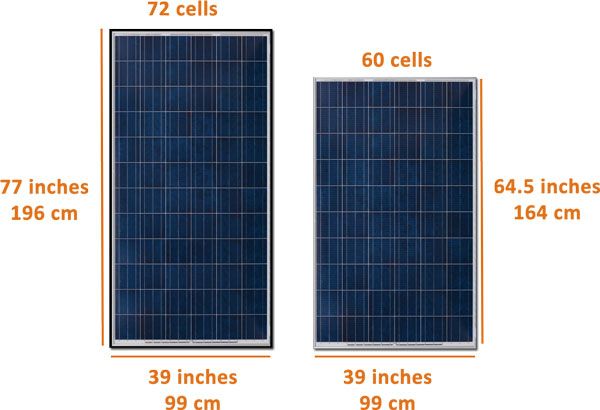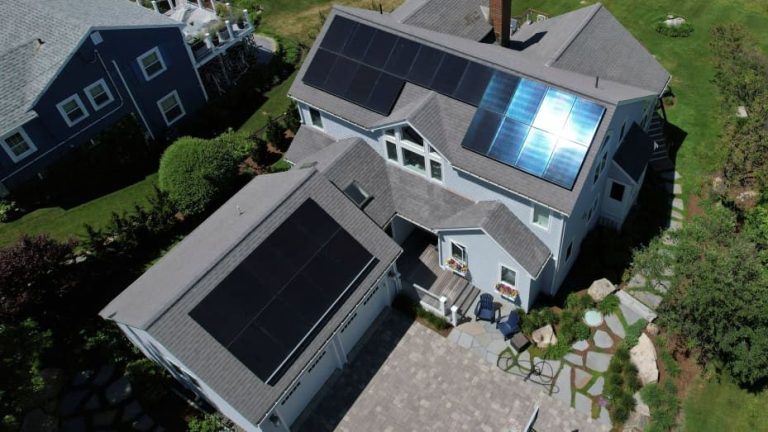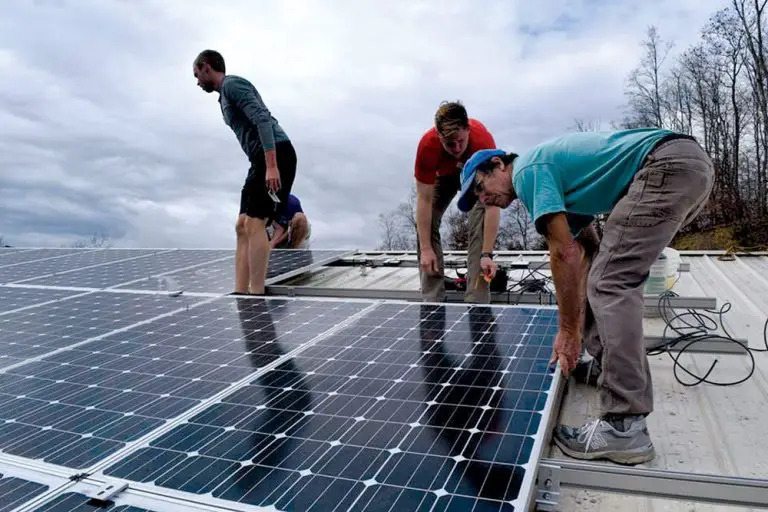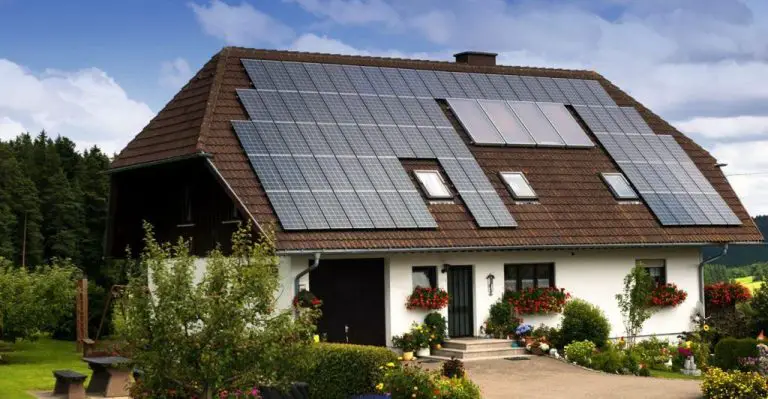Is Solar Worth It 2023?
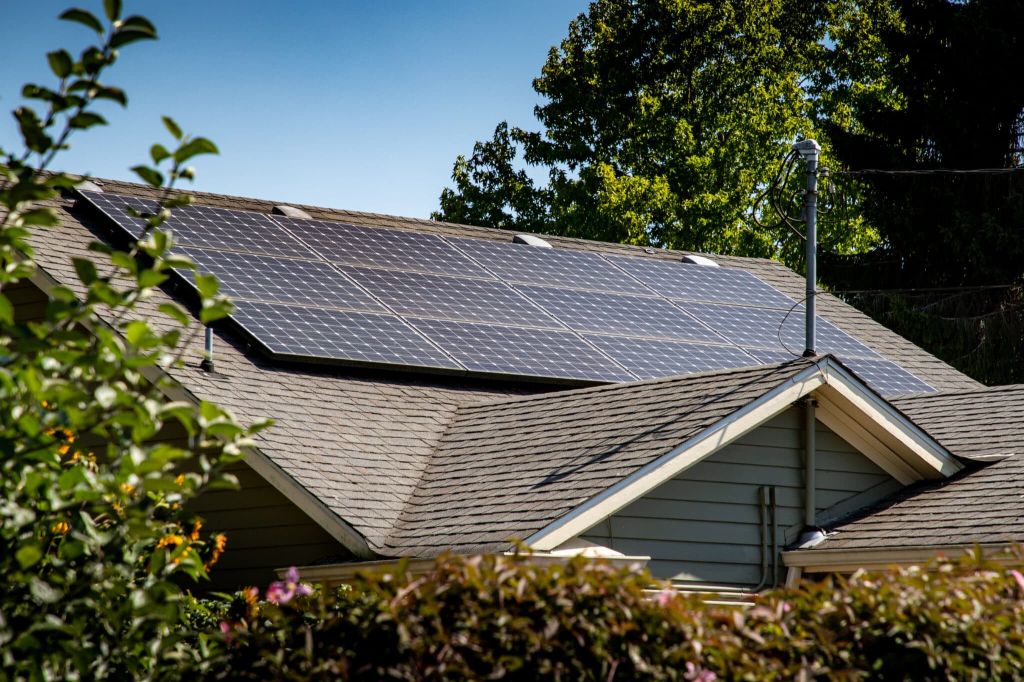
Solar energy has become increasingly popular in recent years. According to “Solar Energy Adoption: Statistics and Impact.”, the adoption of solar energy has witnessed impressive growth, contributing to a more sustainable future. With costs decreasing and incentives on the rise, many homeowners are considering installing solar panels. But is going solar really worth it in 2023? In this article, we’ll assess the costs and benefits to determine if solar power is a worthwhile investment this year.
Solar Panel Costs
Most homeowners spend between $15,000 and $25,000 for the installation of a solar system, with the national average coming in at around $22,000. The precise cost depends on several factors.
The biggest factor is system size, as a larger system produces more electricity but also costs more upfront. For a typical 6 kW solar system, expect to pay around $15,000. A larger 10 kW system can cost anywhere from $20,000 to $30,000, depending on the other factors.
The type of solar panels also impacts cost. Premium panels like SunPower produce more energy but cost more initially. Budget panels are more affordable upfront but produce less over time. Most homeowners opt for mid-range panels that balance cost with production.
Other factors include roof type (solar installs on tile roofs are more complex), location, permits, and installation costs. Simpler installs in areas with less red tape will be more affordable. Some homeowners can install DIY solar kits for even more savings, but this requires expertise.
Overall installation costs have also dropped dramatically over the past decade. According to EnergySage, the average gross price has declined from over $40,000 in 2010 to under $20,000 today. This downward trend is expected to continue as solar expands.
In summary, with the average solar panel cost coming in around $3 per watt, most homeowners pay $15,000 to $25,000 for a typical residential solar system. However, many factors impact the final price.
Source: https://www.energysage.com/local-data/solar-panel-cost/
Federal Tax Credits
The federal solar tax credit, also known as the investment tax credit (ITC), allows homeowners to deduct 26% of the cost of installing a solar energy system from their federal taxes through 2032. This tax credit originally provided a 30% credit but stepped down to 26% in 2020. The credit applies to both residential and commercial solar energy systems.
For homeowners, the value of the 26% federal tax credit on the total cost of a solar installation can add up to thousands of dollars in savings. For example, if you install a $15,000 solar energy system, you can deduct $3,900 from your federal taxes that year (0.26 x $15,000). This credit can help offset the upfront costs of going solar for homeowners.
The solar ITC provides an incentive for homeowners to invest in solar energy. By lowering the costs, it makes solar power more affordable and accessible. The tax credit has played an important role in the rapid growth of solar energy adoption in the United States over the past decade.
Electricity Bill Savings
Installing solar panels can significantly reduce electricity bills for homeowners. According to Energysage, the average homeowner can save between $20,000 and $96,000 over a solar panel system’s lifetime, depending on local electricity costs. In most parts of the country, homeowners save 10-30% on their electricity bills with solar panels. For example, the average homeowner in California can save around $26,000 over 20 years.
The payback period for recouping the upfront costs of a solar system through electricity bill savings is usually between 6-8 years. After this payback period, the rest of the electricity your solar panels produce is essentially free. With today’s high electricity prices, solar panel systems often pay for themselves in under 5 years in states like California and Hawaii where electricity rates are especially high.
On average, most homeowners in the U.S. save around $1,500 per year on their electricity bills with a properly-sized solar panel system. With these annual savings, a typical solar system will save a homeowner between $25,000-$30,000 over its usable lifetime of 25-30 years.
Home Value Increase
Installing solar panels on your home can significantly increase its value. According to a study by Zillow, homes with solar panels sold for around 4% more than comparable homes without solar panels. The increase in home value depends on factors like your location and local electricity rates, but generally falls in the 3-4% range (1).
Solar panels also make homes more appealing to potential buyers, especially those looking for energy-efficient and eco-friendly homes. Surveys show that a majority of home buyers are willing to pay more for a home with solar panels already installed. This increased interest translates into higher offers and faster sales (2).
The reason for the added value is the future energy bill savings that solar panels provide to homeowners. Buyers are willing to pay more upfront knowing the panels will pay for themselves in electricity savings over time. The National Renewable Energy Laboratory estimates solar panels add about $20 to a home’s value for every $1 reduction in annual utility bills (3).
In summary, installing solar panels is a worthwhile investment that provides excellent returns when it comes time to sell your home.
(1) https://www.forbes.com/home-improvement/solar/does-solar-increase-home-value/
(2) https://www.architecturaldigest.com/reviews/solar/do-solar-panels-increase-home-value
(3) https://www.marketwatch.com/guides/solar/do-solar-panels-increase-home-value/
Environmental Benefits
Installing solar panels can significantly reduce the carbon footprint of a home. According to Columbia University, solar panels reduce CO2 emissions by an estimated 5 to 7 pounds per square foot each year, which is more emissions reduction per acre than planting trees or growing corn for ethanol (https://news.climate.columbia.edu/2022/10/26/solar-panels-reduce-co2-emissions-more-per-acre-than-trees-and-much-more-than-corn-ethanol/). The carbon footprint from manufacturing solar panels is offset rapidly once the system starts operating. One source estimates the carbon payback period at around 1 to 3 years on average (https://www.solar.com/learn/what-is-the-carbon-footprint-of-solar-panels/).
The emissions offset per solar installation depends on the system size and electricity usage of the home. But most households can expect to offset over 10,000 pounds of CO2 emissions per year with an average-sized 5 kW solar system. That’s equivalent to the annual emissions from driving an average passenger car. So going solar makes a significant dent in a home’s carbon footprint.
Maintenance Costs
Solar panels require some regular maintenance to keep them operating efficiently. The main maintenance tasks involve inspecting, cleaning, and monitoring the system. Solar panels can accumulate dirt, dust, pollen, and other debris that will gradually reduce their productivity if not removed.
According to MarketWatch, the average cost of solar panel maintenance is around $31 per kW per year. For a typical 5 kW residential system, that equates to about $155 per year. Most solar companies recommend getting panels professionally cleaned once or twice a year. Professional solar panel cleaning costs $100-250 each time, so the annual maintenance cost for a standard home system would be $200-500 per year.
Inspections are also recommended every 1-2 years to check for any damage, loose wiring, corrosion, etc. Inspection costs are around $100-150 each time. Replacing or repairing any faulty inverter or electrical components adds more occasional maintenance costs over the system lifetime.
Overall, most homeowners pay $150-400 per year for solar panel maintenance costs. Keeping the panels clean and damage-free ensures optimal electricity production over the 25+ year lifespan.
Warranties
The average solar panel warranty covers around 10-25 years (Exploring the Relationship Between Solar Panel Size and Warranty Length, 2022). There are a few common types of warranties that homeowners should be aware of when getting solar panels installed:
Product warranty – This covers any defects in materials or workmanship, usually for 10-12 years. It means the manufacturer will repair or replace defective panels.
Performance warranty – This guarantees a certain level of power output over time, typically around 80% for 25 years. So even after 25 years, your panels will still produce at least 80% of their original rated power.
Labor warranty – Some manufacturers provide a separate labor warranty to cover the costs of removing and reinstalling defective panels, often for around 10 years.
When reviewing warranties, longer terms are preferable as they protect your investment for a greater period of time. The product and performance warranties are the most important to consider when comparing solar panel warranties (A Beginner’s Guide to Solar Panel Installation, 2022).
Net Metering Policies
Net metering allows homes and businesses with solar panels to earn credit or compensation for excess electricity fed back into the grid. This credit offsets electricity they would otherwise have to purchase from their utility. Net metering policies and rate structures vary significantly by state.
Currently, some states like New York and California are proposing updates to net metering that would introduce new charges and reduce the bill credit solar customers receive. Other states like Florida and Kentucky do not allow net metering at all. Overall there is a trend toward less favorable compensation for home solar exports as adoption increases.
According to the Solar Energy Industries Association, as of Q1 2023 there were 43 states plus Washington D.C. that have mandatory net metering rules. 4 states have voluntary net metering policies, while 3 states have replaced net metering with alternative solar compensation programs [1].
Some key states to watch for net metering changes in 2023 include California, New York, and Massachusetts. These states have high solar penetration and are re-evaluating rates to ensure costs are shared fairly between solar and non-solar customers [2].
Conclusion
After reviewing the costs and benefits, it’s clear that for most homeowners, going solar in 2023 is absolutely worth it. The federal tax credit, increased home value, electricity bill savings, and environmental benefits make solar power a wise investment. While the upfront costs can seem high, they are offset in the long run through energy and money savings. The future outlook for solar is very bright as costs continue to decrease and efficiency increases. Homeowners who make the switch to solar in 2023 can expect excellent returns for decades to come while making a positive environmental impact.
Some key takeaways:
- Federal tax credit covers 26% of system costs through 2022
- Electricity bill savings of 50-90% are typical
- Solar increases home value by about 4%
- Low maintenance costs after installation
- Warranties protect against defects and degradation
- Net metering provides bill credits for excess power
With all of these benefits, the case for going solar in 2023 is very compelling for most homeowners. The future is bright for residential solar energy.

